Xunantunich – The Stone Lady. The name came from a local hunter who saw a beautiful ghostly woman hovering near a cave. He freaked out, dropped his spear, and ran back to his village. When the villagers investigated, they found the spear but not the woman. Assuming she disappeared into the cave or the rock face, they named the location Xunantunich.
We enjoyed visiting the site quite a bit. Unlike in Chichen Itza, we were able to climb to the top of the pyramids. Xunantunich was active between 400 BC and 1,000 AD. The site continued to be used by the locals for ritual purposes after this time as well although it was no longer the metropolis it once was. Theories abound as to the decline of the Maya but the leading theory blames overpopulation and deforestation. Unable to feed their citizens, many cities were abandoned as the people moved to new, more fertile, areas.
The Maya did not have cemeteries and the dead were buried under the residents’ houses. Pyramids were often erected for the elite class and the rulers. Their bodies were often placed at the top of the pyramids. Evidence of sacrifices was also discovered at Xunantunich.
The ball courts (the Mayan equivalent of football) in this area are different than the large one at Chichen Itza. They are smaller and have low sloping walls compared to the high walls and ball rings we saw on the Yucatan peninsula. The courts here were small enough for 2 vs 2 games to be played.
We also visited Cahal Pech – place of ticks – which was named by the archaeologists when they excavated the site. The city flourished from 1,200 BC to 600-900 AD. The site is smaller than Xunantunich but quite different. The pyramids are not as tall but many of the structures, plazas, and rooms are more protected and in better shape. Trees grow in the plazas and on some of the pyramids as well.
Cahal Pech is one of the few places where you can still see the original colors of the paintings the Maya had in their rooms. There is one particular room, shielded from the sun and elements, where red pigment can be easily discerned on one of the walls.
We tried to imagine what these ancient cities must have been like 1,500 years ago when the population of the Maya in the region was three times the current population of Belize! Climbing to the top of El Castillo, the largest pyramid in Xunantunich, we had a commanding view of continuous jungle all the way into Guatemala. Imagining all these trees gone evokes images of modern-day deforestation and clear cutting – a stark reminder that a millennium is not nearly long enough to curb the ingrained destructive force that is human nature. In the end, as history has repeatedly shown and with the Maya as our current example, all societies either crumble or become assimilated as they self-destruct or succumb to external cultural forces. As far as nature is concerned, the glimmer of hope comes from how extensively and completely the land around these once great cities was reclaimed by the rainforest once the Maya abandoned them.
It is estimated that there are hundreds, if not thousands, of unexcavated Mayan sites throughout Central America. Perhaps one day we will unearth more of this ancient culture and shed more light on how these once great people lived. Who knows, perhaps hidden in a tomb or in a dry cave deep in the jungle, there are still Mayan books that survived the Spanish fires the invaders used in an attempt to erase local history and traditions so as to impose their own religion and culture. Until more discoveries are made, much must be left to our imaginations.
Sorin & Lisa
PS. The actual crystal skull was “discovered” at Lubaantun – another Mayan ruin in Belize – and was proven to be a fake (unlike the movie, which was real!)

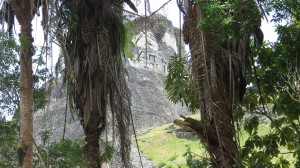
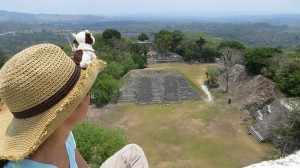

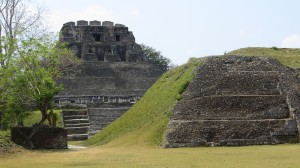
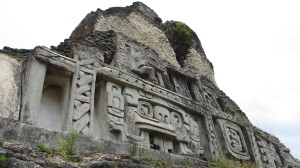


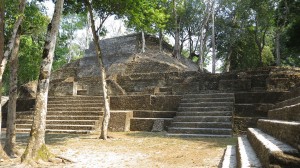
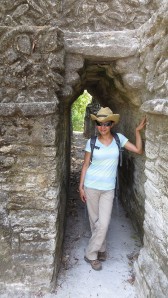

Wow – you guys are giving me so many ideas and plans for our next trip to Central America!!! So great! Muchas gracias, amigos!